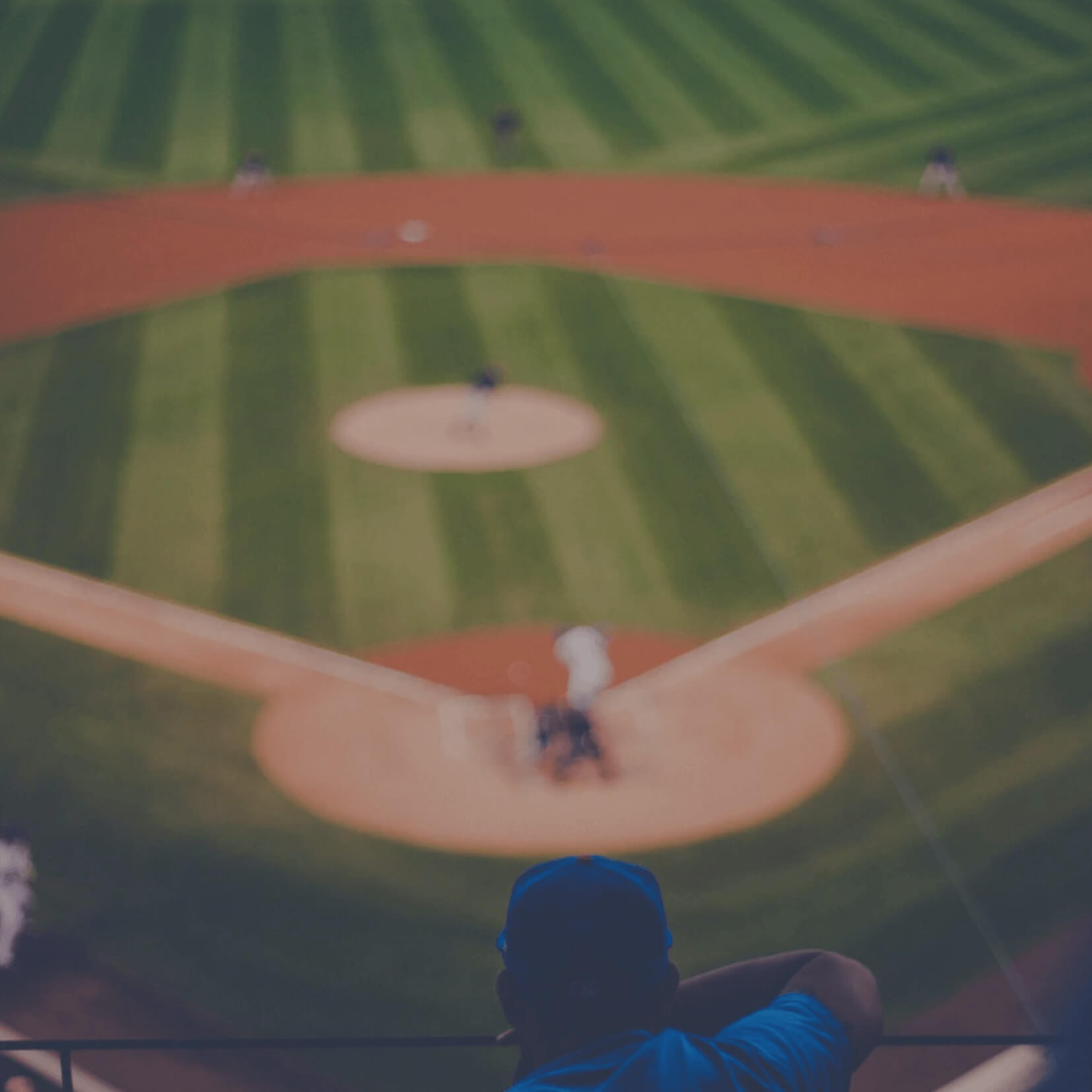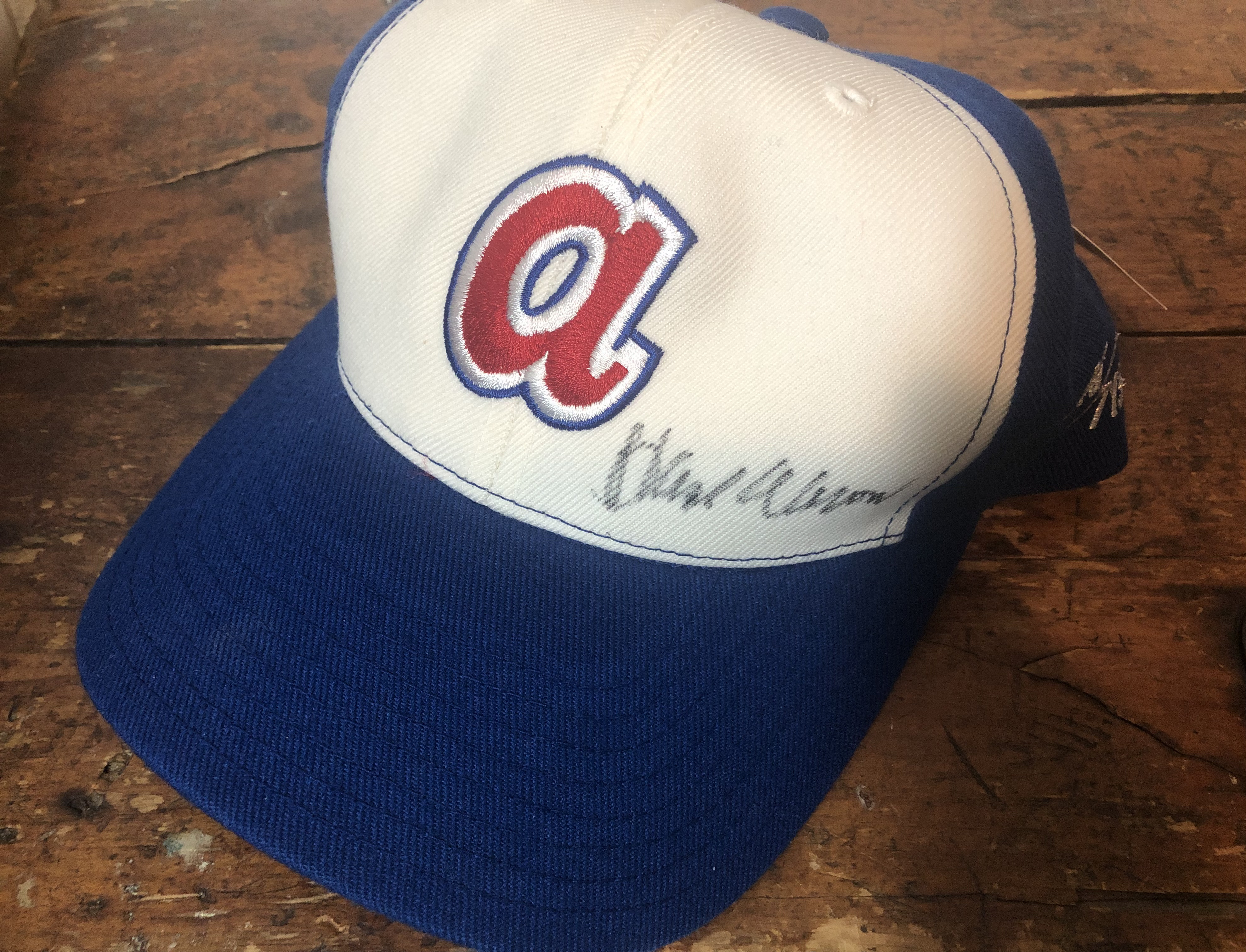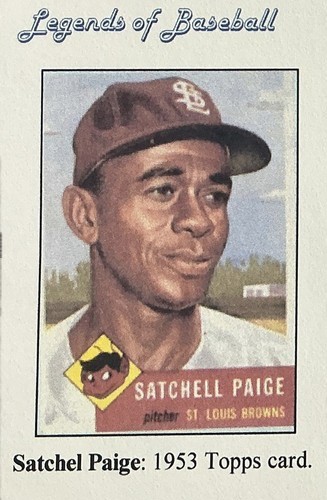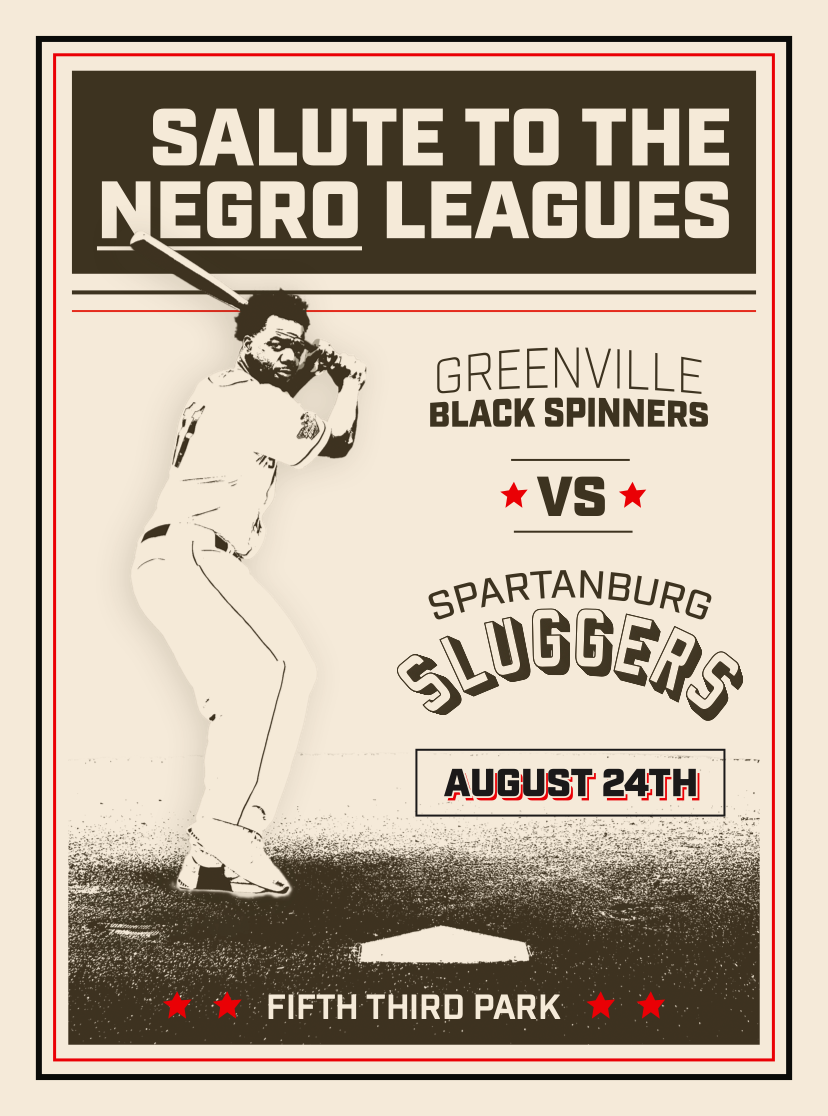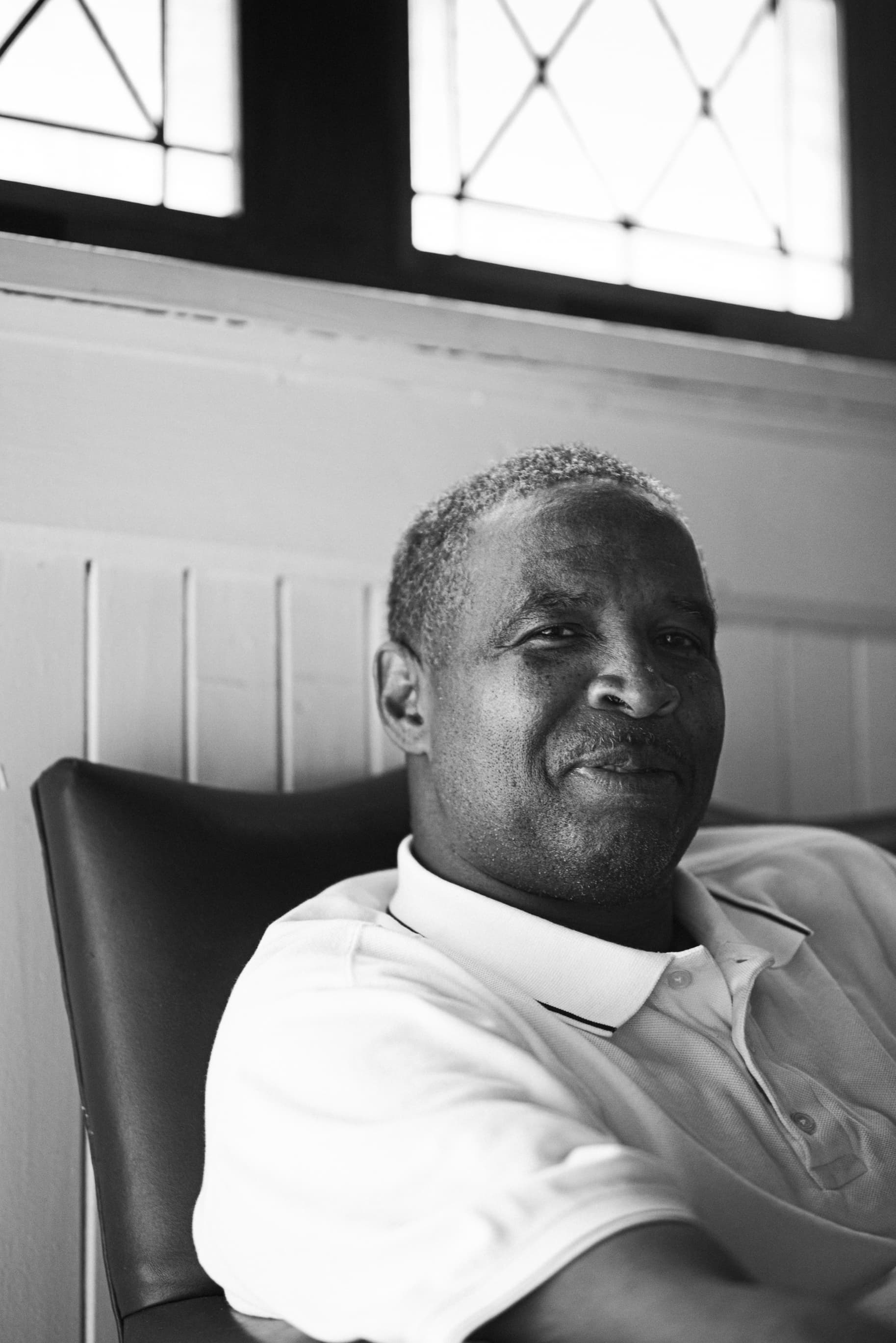
Black Baseball at Duncan Park
Dr. Edwin C. Epps
Black baseball was a prominent feature of the history of Duncan Park Stadium from its very beginning. The stadium opened in the summer of 1926, and even then there had been a Black team called the Spartanburg Sluggers playing in the Hub City since at least August 8, 1911.

Black Baseball at Duncan Park
Black baseball was a prominent feature of the history of Duncan Park Stadium from its very beginning. The stadium opened in the summer of 1926, and even then there had been a Black team called the Spartanburg Sluggers playing in the Hub City since at least August 8, 1911.
Black Baseball at Duncan Park
Black baseball was a prominent feature of the history of Duncan Park Stadium from its very beginning. The stadium opened in the summer of 1926, and even then there had been a Black team called the Spartanburg Sluggers playing in the Hub City since at least August 8, 1911. On that date the Sluggers played “Railroad Bill’s team” from Columbia at the Spartanburg Fairgrounds on the north side of town. The game was part of “negroes’ Emancipation day celebration,” and the winner was to receive a purse of $50.00. I do not know who won that game.
The Sluggers continued to play at other venues before the stadium at Duncan Park was constructed. I have been able to document 2 games in 1913 played against opponents in Greenville; 1 in 1916 against the Young Men’s Institute Thorns in Asheville; 4 in 1917 in Asheville and Greenville; 4 in 1918 in Asheville and Charlotte; 3 more in Asheville and Charlotte in 1919; 4 in 1920 (Asheville and Greenville); 2 in 1921 (Asheville); 9 in 1922, including 4 at Wofford Park at home in Spartanburg; 4 in 1923 (3 at Wofford Park); 4 in 1924 (3 at Wofford Park); and 3 in 1925.
The list of pre-1926 games played by the Sluggers is inevitably incomplete since the team at this point was not a member of an organized league and—like most Black teams of this era—must be classified variously as “semipro,” “barnstorming,” or “exhibition.” Although baseball was a popular sport in Black communities, Black players in the South were not allowed to play on teams with White players, and the owners of Black teams, most of whom were minority business owners in their local communities with limited resources and playing in venues owned by others, could not afford to field well-financed teams or to attract the attention commanded by their White counterparts.
A major problem faced by Black baseball teams in the South was that local newspapers did not provide Black teams with the same coverage provided White teams in the same cities. In fact of all the Sluggers games that I have been able to document from 1911 through 1925 I have been able to find the outcomes and final scores of only 10 games. Box scores and lineups for games between Black teams during that same time are virtually nonexistent, and I have been able to find the names of only 8 individual Sluggers players.
There was a local Black newspaper, The Hub City Observer, in Spartanburg during the pre-Duncan Park era, but its mere existence is itself a barely known fact. Today the Spartanburg County Public Libraries hold a total of only three issues of this periodical, and only two of these contain mention of Sluggers games.
So the public footprint of the Spartanburg Sluggers is light indeed up until 1926. With the opening of Duncan Park in that year, their presence at the park stadium became a reality—if slowly, since in 1926 they only played one known game there (August 30th, against the Greenville Black Spinners) and then only a handful a year until the late 1930s and '40s.
Where did the Sluggers come from? The team was owned by Newton “Big Newt” Whitmire, Sr., and his son “Little Newt,” whose family had moved from Whitmire, South Carolina, a small railroad and textile town southeast of Spartanburg on the Enoree River. The Whitmires had been an enslaved family whose surname derived, as had those of many enslaved American families, from that of their White owners. “Big Newt,” the scion of the family after it had moved to Spartanburg following the Civil War and Emancipation, had become a railroad porter and lived behind Wofford College. He founded Octavia’s Restaurant downtown and then expanded it into a hotel which hosted many African American performers on the old Chitlin’ Circuit when they traveled through Spartanburg.
“Little Newt” Whitmire, who had moved to New York City, returned home in 1946 to care for his father and take over the family business, which by then also included the Spartanburg Sluggers team, and opened Newt and Vi’s cafe in the old Black business district which was destroyed by “urban renewal” two decades later. Newt managed the team, and other family members both played ball and filled other positions in the partnership which oversaw operations.
The Spartanburg Sluggers endured many years, playing actively through the mid-1950s and performing at least occasionally until 1961, the last year in which I can confirm that a Sluggers team played a game, which occurred on June 17th against the Atlanta Stars. Throughout that time the Sluggers played before a grandstand packed with both Black and White fans. When the Sluggers played at Duncan Park, there was always, as the newspaper duly reported, a “special section reserved for White spectators,” as there was too in Asheville, in Greenville, and in other out-of-town ballparks when the Sluggers played away games. Even today the small concrete ticket booth for Black fans remains beside the pullout above the stadium on Park Drive.
I have documented more than 350 games played by the Spartanburg Sluggers at Duncan Park and elsewhere from the nineteen-teens until 1961. Undoubtedly there were others, perhaps many more. Local White-owned newspapers often failed to cover Black team home games, and surely there were very few occasions when a local White reporter traveled out of town to report on a Sluggers game, which might or might not have been covered by the home team opponents’ local paper, which might or might not now be included in a modern searchable digital database. Thus we can only guess at the actual total number of games that the team played during the half century of its existence.
Future Beautiful Duncan Park blog posts will introduce some of the Sluggers players, many of whose teammates’ names were never recorded in any public source. Among these is the renowned pitcher “Lefty” Bob Branson, whose skill was both remarkable and celebrated throughout the South. We will also examine the Spartanburg appearances of legendary professional Negro League teams like the Philadelphia Stars, the Kansas City Monarchs, and the Indianapolis Clowns, as well as the local contests where fans had the opportunity to watch Jackie Robinson’s All-Stars. There is even a photograph in which Larry Doby, Jackie Robinson, and a Sluggers legend pose side by side.
For especially dedicated fans of Duncan Park stadium and the Sluggers, a table included as an Appendix in my Duncan Park: Stories of a Classic American Ballpark, to be published in October 2023 by Hub City Press, includes a list of all 364 Spartanburg Sluggers games that I have so far been able to document, along with—where known—the outcomes, scores, and notable details.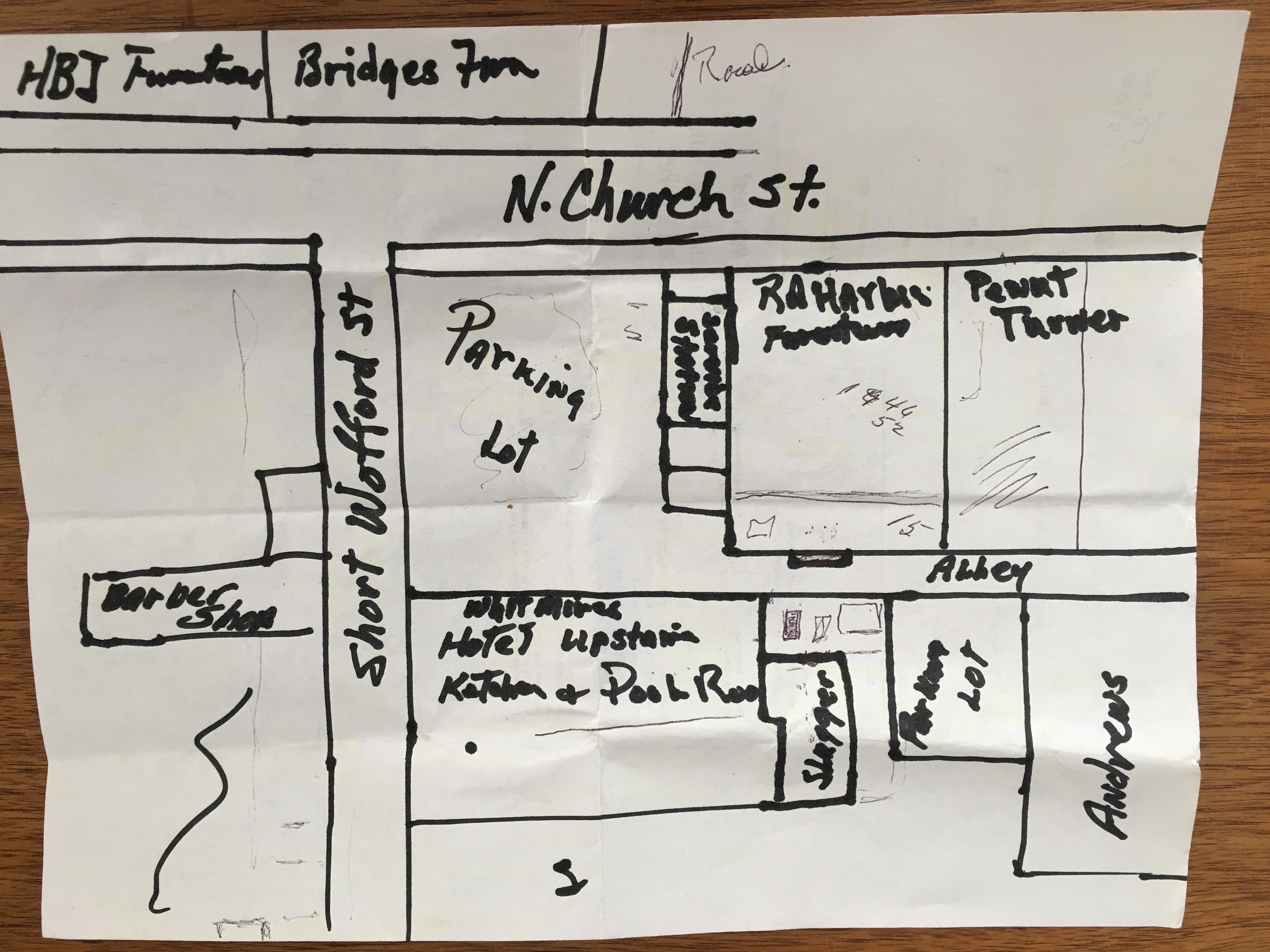
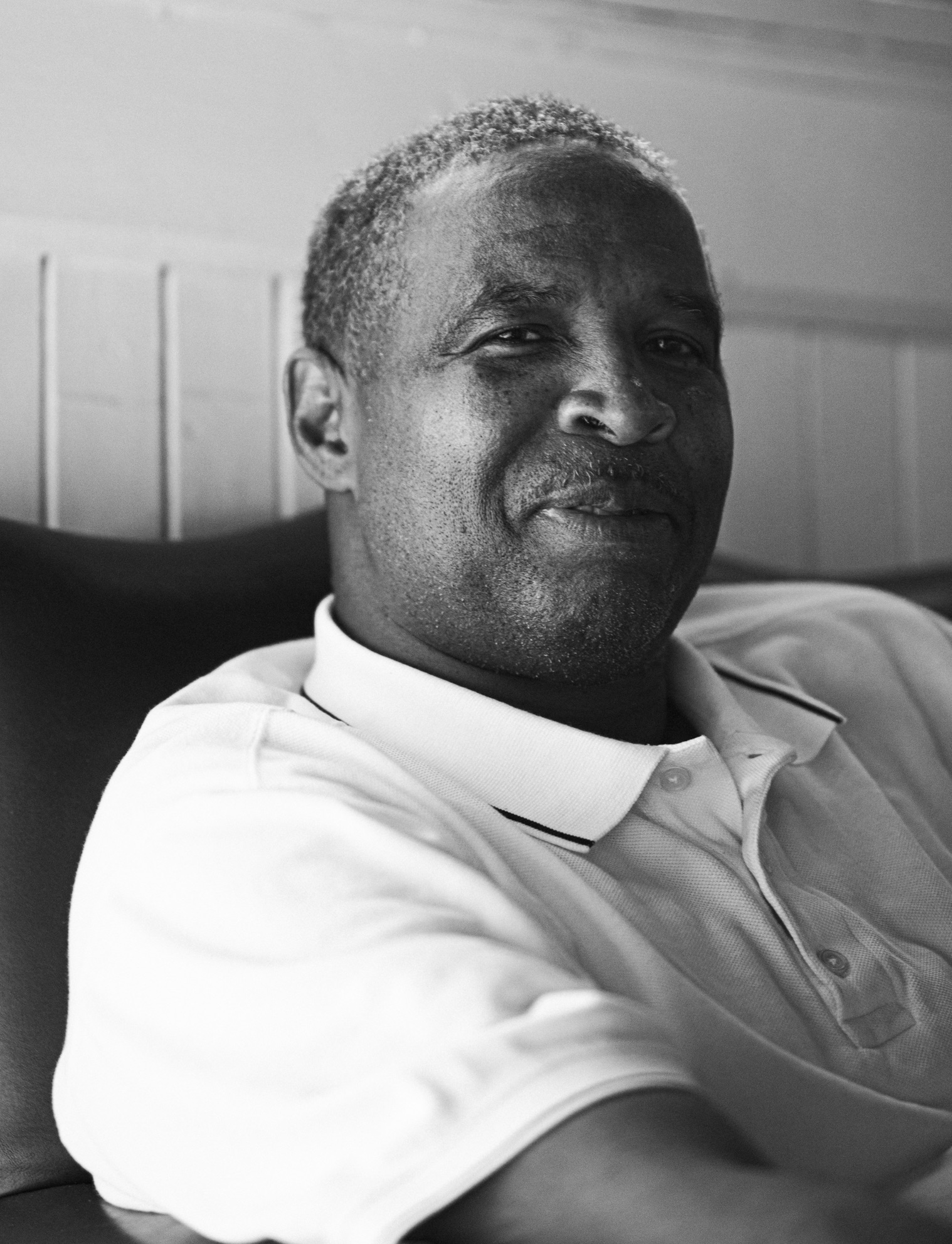
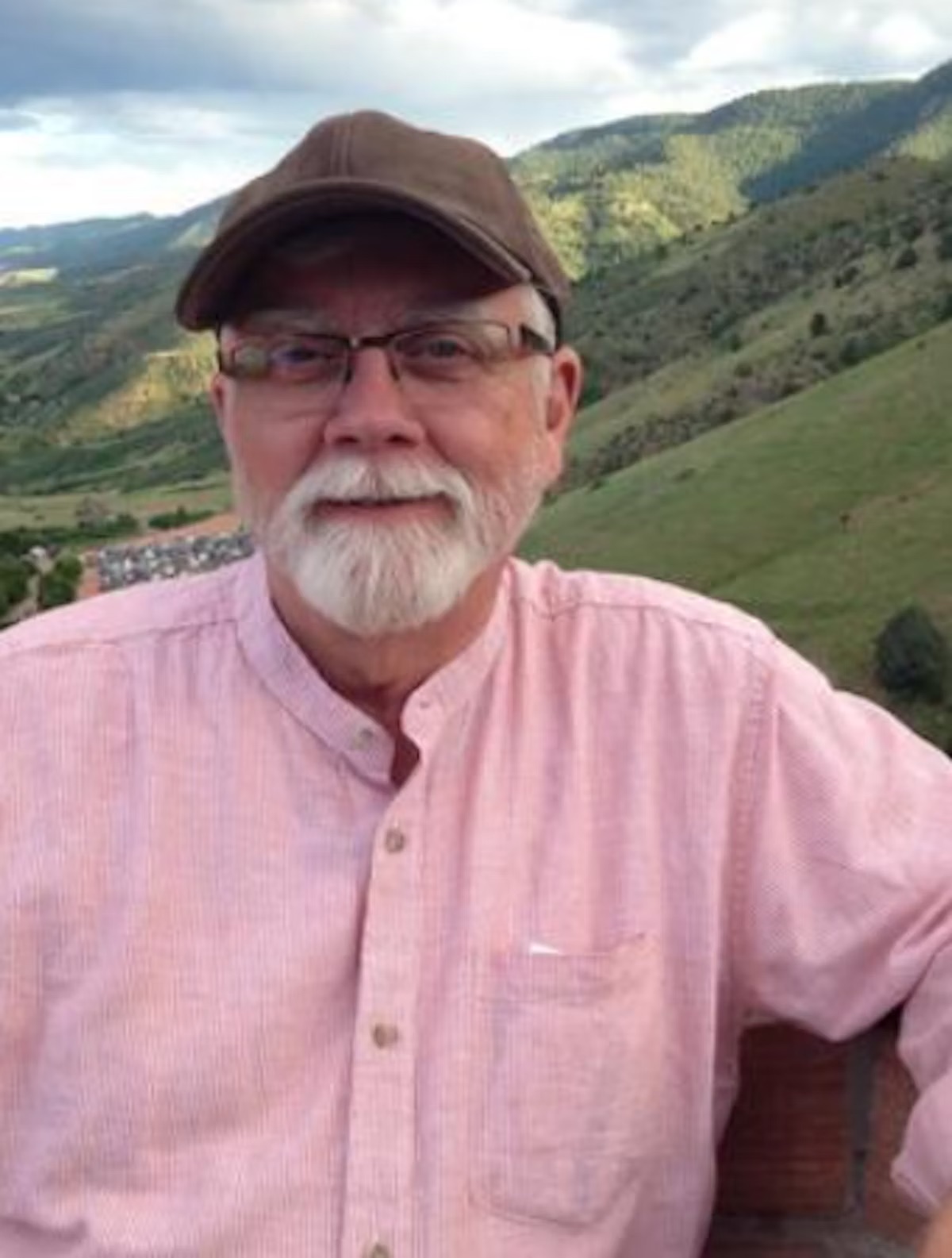
Dr. Edwin C. Epps
Author
Dr. Edwin C. Epps is a retired educator with more than forty years' experience in public school classrooms... He is the author of Literary South Carolina (Hub City Press, 2004) and a proud member of Phi Beta Kappa who believes in the value of the humanities in a rapidly changing world.
